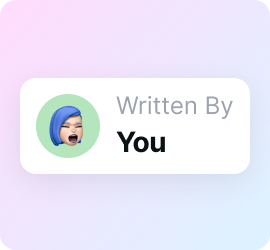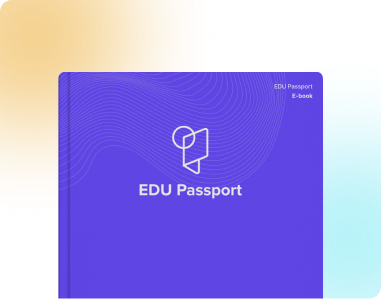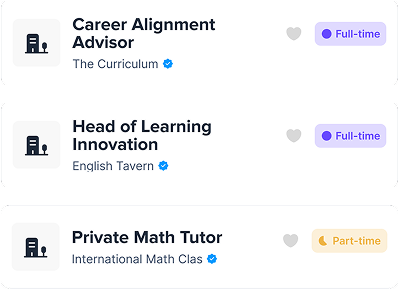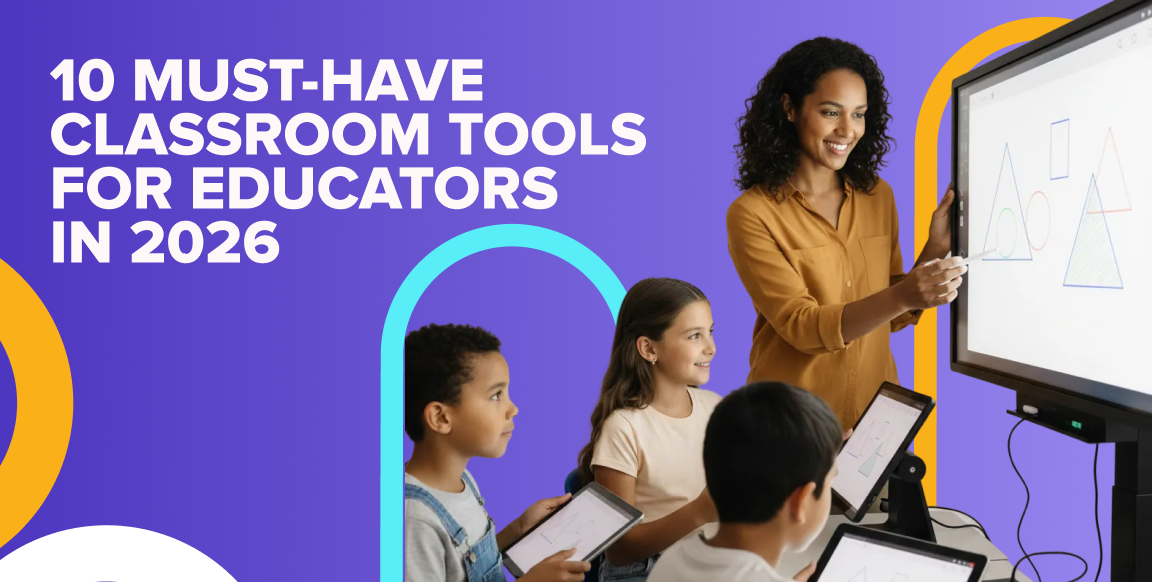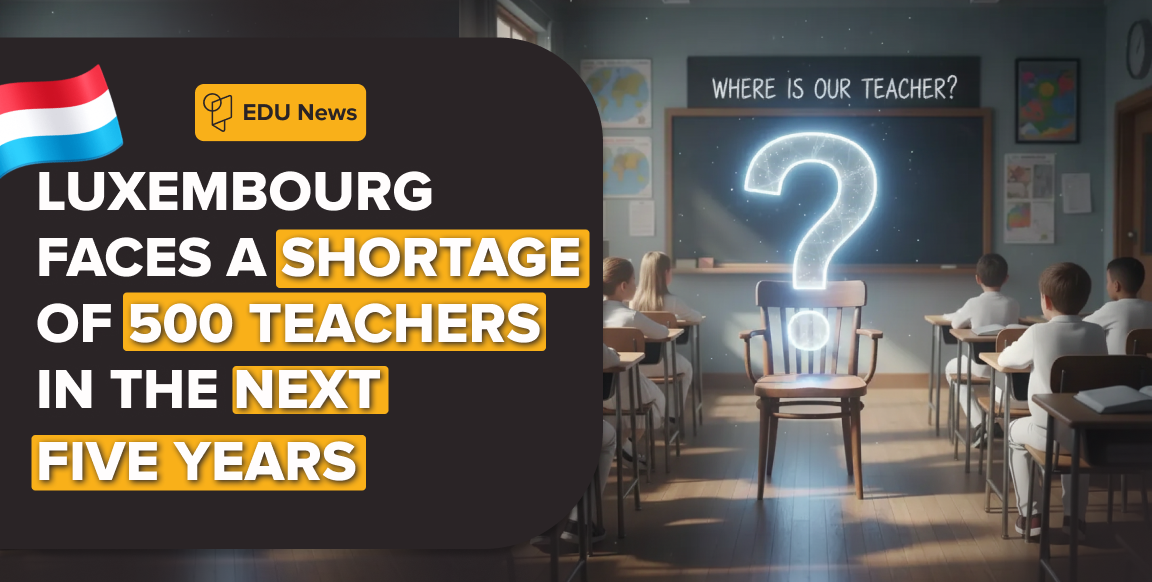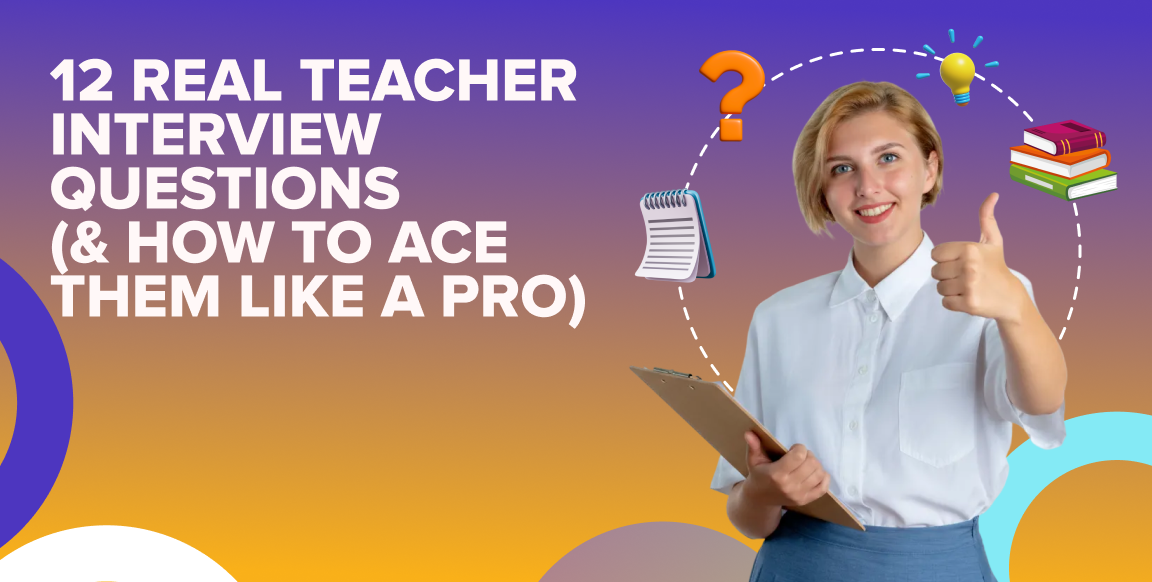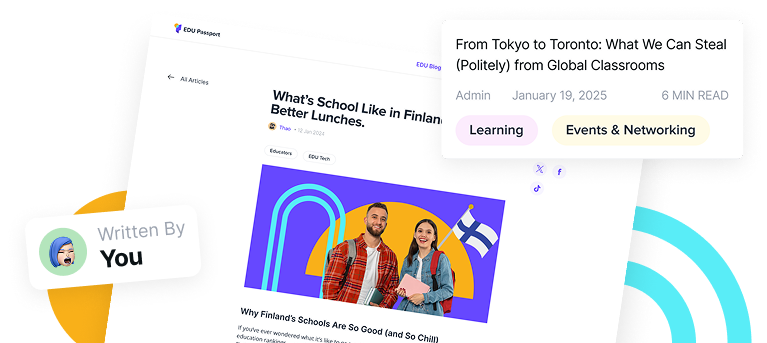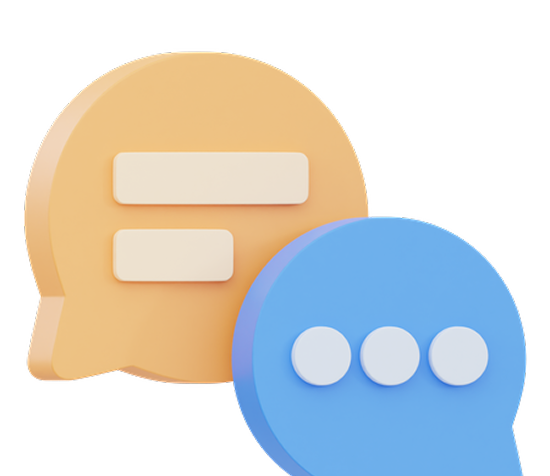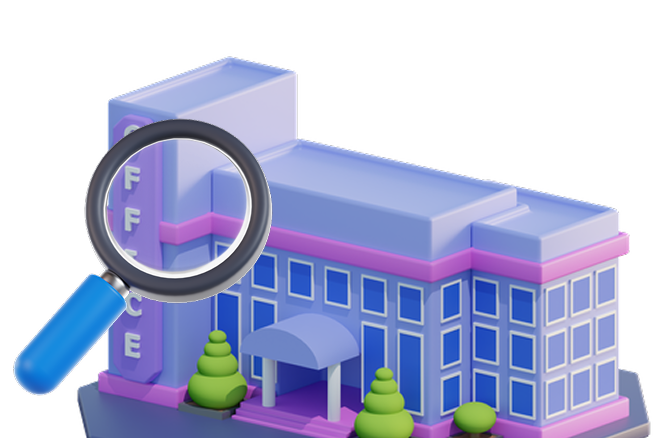The AI Homework Revolution
Picture this: It’s 11 p.m., the essay deadline is looming, and your brain feels like mush. Enter AI tools like DeepSeek, ChatGPT, and a growing army of AI assistants ready to whip up a 1,000-word essay on Shakespearean symbolism or quantum physics in seconds. Sounds like a dream, right? For students, it is. For teachers? Not so much.
The rise of AI has sparked a classroom crisis. Schools are now grappling with a new breed of “homework helpers” that can write essays, solve math problems, and even generate art projects. But how are educators fighting back? And is this the end of homework as we know it? Let’s dive into the cheeky, chaotic world of AI in education and explore how schools are adapting to this tech-driven academic rebellion.
1. The AI Homework Dilemma: Cheating or Innovation?
AI tools like DeepSeek are incredibly sophisticated. They can analyze prompts, generate coherent responses, and even mimic a student’s writing style. For students, it’s a game-changer. Why spend hours researching and writing when an AI can do it in minutes?
But for teachers, it’s a nightmare. How do you assess a student’s understanding when their essay might have been written by a robot? The line between “using technology to enhance learning” and “outright cheating” has never been blurrier.
Some argue that AI is just the latest tool in a long line of academic shortcuts (hello, SparkNotes and Wikipedia). Others see it as a fundamental shift in how we approach education. Either way, schools are scrambling to respond.
2. How Schools Are Fighting Back
Schools aren’t just sitting back and letting AI take over. Here’s how they’re tackling the AI homework crisis:
a. AI Detection Tools
Enter the AI arms race. Just as students are using AI to write essays, schools are using AI to detect AI. Tools like Turnitin, GPTZero, and Copyleaks are being deployed to sniff out machine-generated content. These tools analyze writing patterns, sentence structures, and other telltale signs of AI involvement.
But here’s the catch: AI is evolving fast. What works today might be obsolete tomorrow. Plus, some students are getting creative, tweaking AI-generated content to make it seem more “human.” It’s a high-stakes game of cat and mouse.
b. Redefining Assignments
Why write an essay when an AI can do it for you? That’s the question many educators are asking. To combat this, schools are redesigning assignments to make them AI-proof. Think oral presentations, in-class essays, and hands-on projects that require critical thinking and creativity.
Some teachers are even embracing AI, asking students to use tools like DeepSeek to generate drafts—and then critique or improve them. It’s a way to teach students how to use AI responsibly while still assessing their understanding.
c. Emphasizing Process Over Product
Gone are the days when a polished final product was all that mattered. Now, schools are focusing on the process of learning. Teachers are asking students to submit drafts, outlines, and research notes to show their work.
This approach not only makes it harder for students to rely on AI but also encourages deeper engagement with the material. After all, you can’t fake your way through a brainstorming session.
d. Teaching Digital Ethics
As AI becomes more prevalent, schools are taking a proactive approach by teaching digital ethics. Students are learning about the implications of using AI for academic work, from plagiarism to the erosion of critical thinking skills.
The goal? To help students understand that while AI can be a powerful tool, it’s not a substitute for genuine learning.
3. The Student Perspective: Why AI is Irresistible
Let’s be real: Students aren’t using AI just to cheat. They’re using it because it’s fast, efficient, and often produces better results than they could on their own.
For many, AI is a lifeline. It helps them manage overwhelming workloads, meet tight deadlines, and even improve their writing. Some students see it as a way to level the playing field, especially if they struggle with language barriers or learning disabilities.
But there’s a downside. Relying too heavily on AI can stunt critical thinking and creativity. It’s like using a calculator for basic math—you might get the right answer, but you’re not really learning how to solve the problem.
4. The Bigger Picture: Is AI the Future of Education?
The rise of AI in education raises bigger questions about the future of learning. Is homework still relevant in the age of AI? Should schools focus more on teaching students how to use AI responsibly?
Some experts argue that AI could revolutionize education for the better. Imagine personalized learning plans, instant feedback, and AI tutors that adapt to each student’s needs. But for that to happen, schools need to embrace AI rather than fear it.
Others worry that AI could widen the gap between privileged and underprivileged students. Not everyone has access to the latest AI tools, and relying too heavily on technology could leave some students behind.
Conclusion: The AI Classroom Showdown
The rise of AI tools like DeepSeek has turned the classroom into a battleground. On one side, students armed with cutting-edge tech. On the other, teachers determined to preserve the integrity of education.
But this isn’t just a fight about cheating. It’s a conversation about how we learn, teach, and adapt in a rapidly changing world. Whether AI is a threat or an opportunity depends on how we choose to use it.
So, what’s the verdict? Will AI destroy homework as we know it? Or will it push us to rethink education for the better? One thing’s for sure: The classroom will never be the same.



